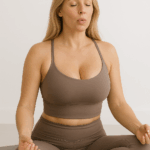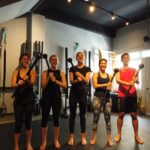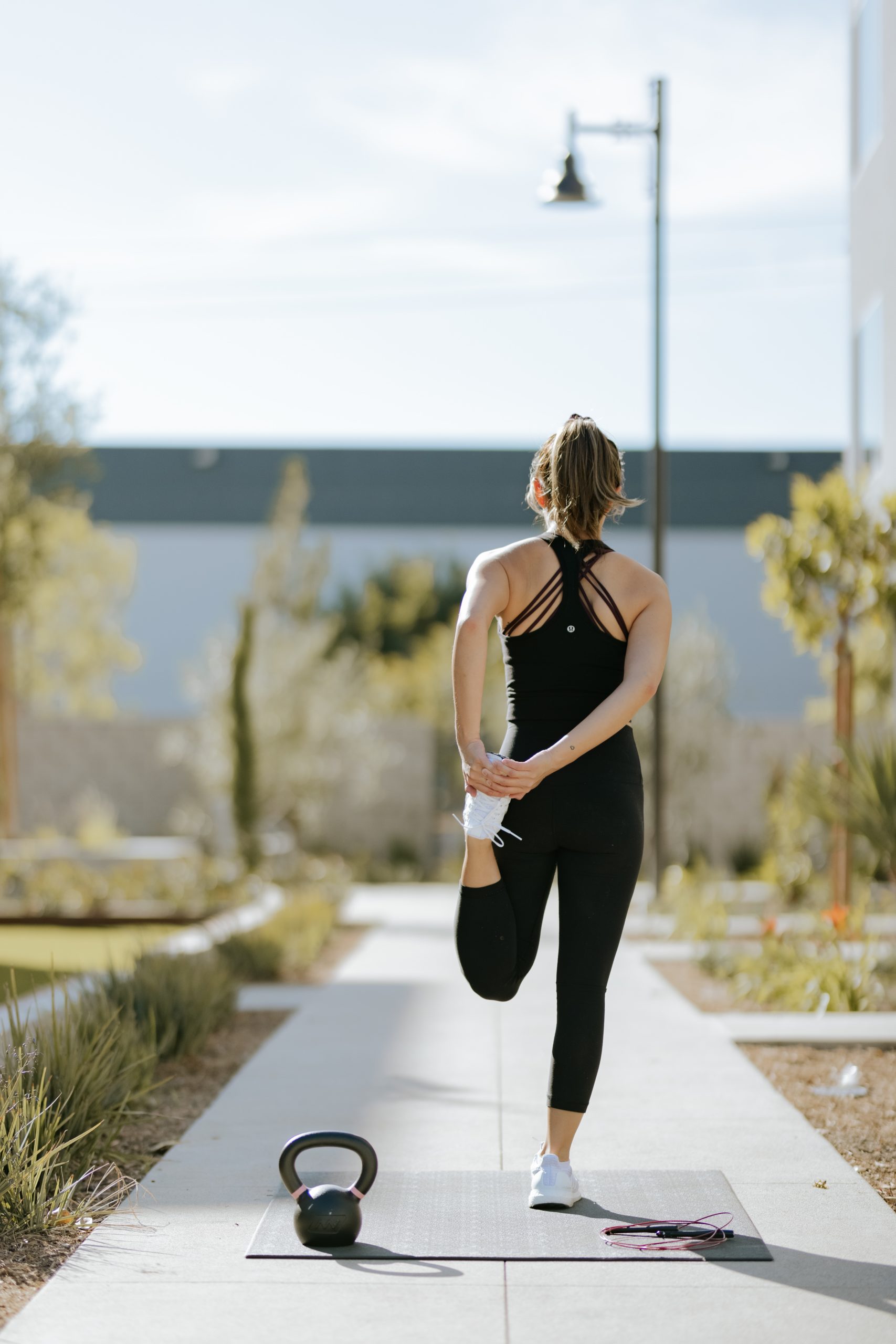
Do you ever experience tightness or discomfort in your muscles, especially after sitting or standing for long periods of time? You’re not alone! Many people suffer from muscle tightness and associated pain or discomfort, which can affect their quality of life and even their ability to perform daily tasks. In this post, we’ll explore the relationship between tight muscles and pain or discomfort, and how stretching can help alleviate these issues.
Tight muscles
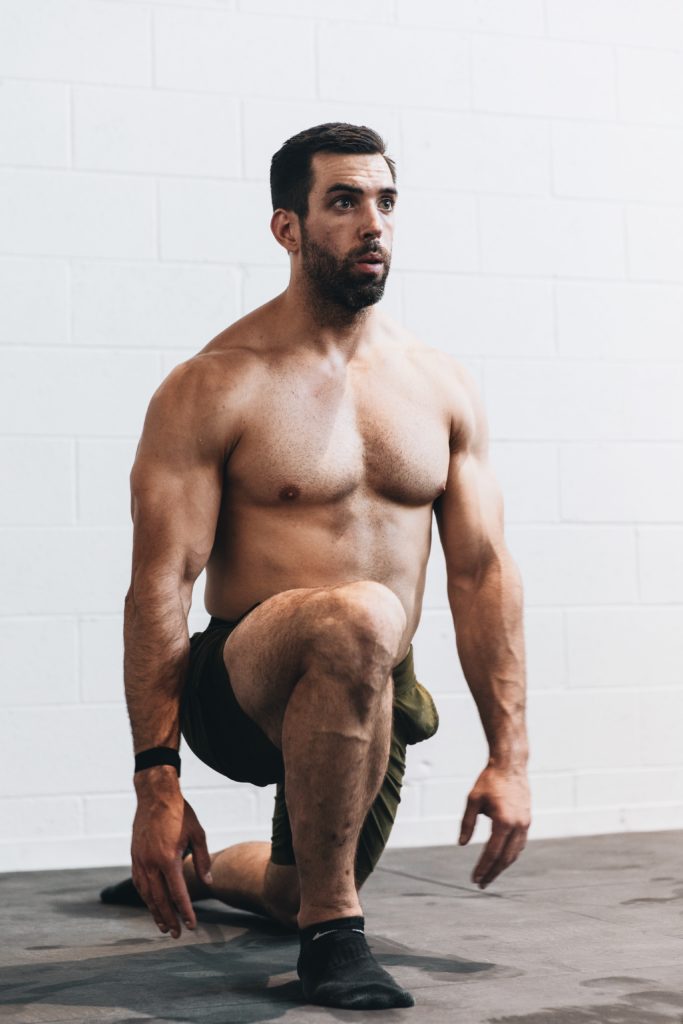
Muscle tightness occurs when muscles contract and don’t relax properly. This can be caused by a variety of factors, such as poor posture, lack of activity, stress, or even dehydration. When muscles are tight, they can compress nerves and blood vessels, which can lead to pain, numbness, or tingling sensations. Additionally, tension in the muscles can affect your range of motion and mobility, making it difficult to perform certain activities.
Stretching is one of the most effective ways to alleviate muscle tightness and associated pain or discomfort. When you stretch, you’re lengthening the muscle fibres, which helps to improve flexibility, mobility, and blood flow. This, in turn, can help to reduce inflammation and discomfort, and increase your overall comfort level.
So how long does it take for a muscle to stretch and find a new length, especially if it hasn’t been stretched out for a long time? The answer can vary depending on the muscle and the individual. Generally, it’s recommended to hold a stretch for 20-30 seconds, repeating 3-4 times. Over time, with consistent stretching, you may notice that your muscles feel more relaxed and flexible, and that you’re able to move more easily without discomfort.
If you’re experiencing pain or discomfort, don’t suffer in silence, stop stretching or take it easier! By incorporating stretching into your daily routine, you can help alleviate these issues and improve your overall quality of life. Start with simple stretches and gradually work your way up to more advanced ones, and remember to be patient and consistent in your efforts. With time and practice, you may be surprised at how much more comfortable and mobile you can become.
Static vs Dynamic stretching

Dynamic stretches is a type of stretching that involves moving through a range of motion instead of holding a static position. It’s typically performed as part of a warm-up routine before engaging in physical activity, such as sports or exercise.
Dynamic stretches involves movements that mimic the activity you’re about to perform. For example, if you’re going to run, you might do some leg swings or lunges. The goal of a dynamic stretch is to increase your heart rate, blood flow, and body temperature while also preparing your muscles, joints, and nervous system for the activity ahead.
A dynamic stretch is different from static stretching, which involves holding static stretches in a stationary position for a certain amount of time. Static stretching is often recommended after exercise, when muscles are warm and more pliable, to help improve flexibility and reduce the risk of injury.
Some examples of dynamic stretches include walking lunges, leg swings, arm circles, high knees, butt kicks, and jumping jacks. These stretches can help improve your flexibility, range of motion, balance, and coordination, while also reducing the risk of injury. Incorporating dynamic and static stretches into your warm-up routine can help you prepare for physical activity and perform at your best.
When it comes to improving elasticity, both static and dynamic stretching can be effective. However, each type of stretching has its own advantages and limitations, and the choice between the two depends on your goals and preferences.
Static stretching is often recommended for improving flexibility and range of motion, as it involves holding a stretch in a stationary position for a certain amount of time(and it’s the simplest & safest to do by yourself). This type of stretching can help increase muscle length and reduce stiffness, which can improve overall elasticity. However, it’s important to note that static stretching should be done after exercise or as a standalone session, as it can actually decrease muscle strength and power if done before the physical activity.
On the other hand, dynamic stretching is more suitable for warming up the body and preparing the muscles and joints for physical activity. This type of stretching involves moving through a range of motion, which can improve blood flow, body temperature, and coordination, while also increasing elasticity. Dynamic stretching is especially effective for activities that require explosive movements, such as sprinting or jumping.
Both static and dynamic stretching can be effective for improving elasticity, but their benefits and limitations vary depending on the context. If you’re looking to improve your flexibility and range of motion, static stretching may be more appropriate, while if you’re preparing for physical activity, dynamic stretching may be more suitable. It’s important to consult with a qualified fitness professional to determine the best stretching routine for your individual needs and goals.
Regular stretching routine

A regular stretching routine based on different muscle group can have numerous benefits for your joints, muscles, and fascia. STretches can easily be incorporated into a fitness exercise program to prevent future back pain(which can be coming in from the hip flexors, tension headaches, & even have better controlled movements for optimal benefits(health benefits) Here are some of the ways that stretching can help:
- Improved flexibility: One of the most obvious benefits of stretching is improved flexibility. By regularly stretching your muscles, you can help increase your range of motion, making it easier to perform everyday activities and exercise.
- Reduced risk of injury: Tight muscles and limited mobility can increase your risk of injury, especially during physical activity. Stretching can help alleviate muscle tension, reduce stiffness, and improve joint mobility, which can lower the risk of strains, sprains, and other injuries.
- Better posture: Poor posture can lead to muscle imbalances and chronic pain. Stretching can help correct imbalances, reduce tension in the muscles that support good posture, and improve overall alignment.
- Reduced pain and stiffness: Stretching can help alleviate pain and stiffness in the joints and muscles. By improving circulation and reducing tension, stretching can help ease discomfort associated with conditions such as arthritis, fibromyalgia, and back pain.
- Increased blood flow: Stretching can increase blood flow to the muscles, which can help improve nutrient delivery and waste removal, reduce inflammation, and promote healing.
- Reduced stress and tension: Stretching can have a calming effect on the mind and body, reducing stress and tension. This can help improve overall mood, promote relaxation, and improve sleep quality.
- Improved athletic performance: Regular stretching can help improve athletic performance by increasing flexibility, reducing the risk of injury, and improving overall mobility and range of motion.
In addition to these benefits, stretching can also help improve the health of the fascia, the connective tissue that surrounds and supports the muscles and other structures in the body. Stretching can help increase blood flow and reduce tension in the fascia, which can improve mobility and reduce the risk of injury.
Overall, incorporating a regular stretching routine into your daily life can have numerous benefits for your joints, muscles, and fascia, helping to improve your overall health and well-being.
Improving blood flow
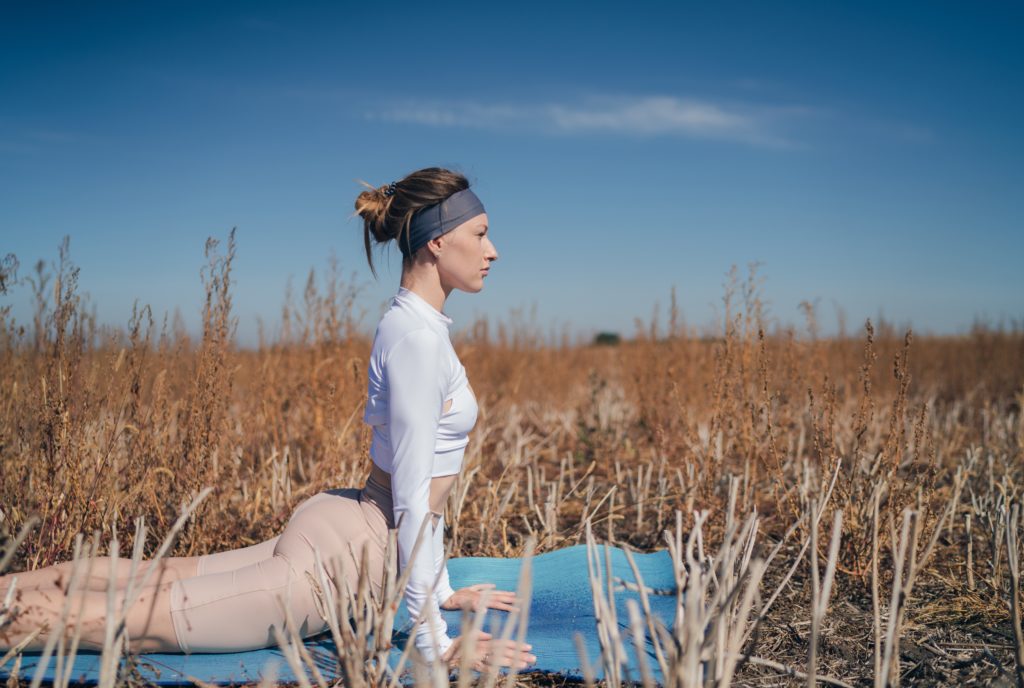
Blood flow is essential for the proper functioning of the body. Blood carries oxygen and nutrients to the muscles and organs, while also removing waste products and carbon dioxide. When blood flow is restricted, either due to injury, poor posture, or a sedentary lifestyle, it can lead to pain, stiffness, and even more serious health conditions.
Stretching can help improve blood flow in a few ways. First, by elongating the muscles and reducing tension, stretching can help increase the space around blood vessels and improve circulation. This can lead to better oxygenation of the tissues and improved nutrient delivery, which can support tissue repair and growth.
Stretching can also help stimulate the production of nitric oxide, a molecule that helps to dilate blood vessels and improve flow. Nitric oxide is important for maintaining healthy blood pressure, reducing inflammation, and improving overall cardiovascular health.
When someone like you considers stretching more, you can think of it as a way to promote better blood flow throughout the body, which can help improve their physical and cognitive performance. By improving circulation, stretching can help reduce muscle fatigue, improve endurance, and enhance cognitive function, including memory and focus.
Overall, improving blood flow through stretching can have a wide range of benefits for the body and mind. Whether you’re an athlete looking to improve your performance, or simply looking to improve your overall health and well-being, incorporating stretching into your daily routine can help support better blood flow and improve your overall quality of life.
Join a stretching class today

Are you tired of feeling stiff, sore, and fatigued all the time? Don’t wait any longer to take action! Join a stretching class today and experience the benefits when you increase flexibility, prevent future muscle stiffness, and better posture.
Research shows that regular stretching can improve interstitial flow, reduce the risk of injury, and even promote better sleep quality(increased oxygen levels in tissues). With so many other benefits, why wait to start your stretching journey?
Classes are filling up fast, so don’t hesitate to sign up today. You’ll have the opportunity to learn from qualified instructors, meet like-minded individuals, and improve your overall well-being in a supportive and welcoming environment. Classes are catered to those with little experience, the facilitators will hand guide you all the way through!
Invest in yourself and your health today by signing up for a stretching class. Your body will thank you for it! Make your bookings for the stretch mob class which is one of a kind in Singapore where your muscles work through a full range of stretches that targets your joints & various muscle groups(we dont stretch the same muscle groups) to enjoy the benefits of stretching.


